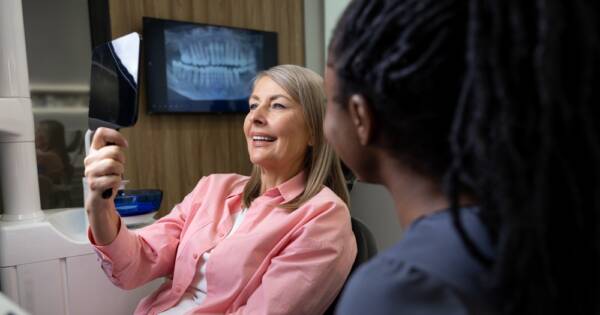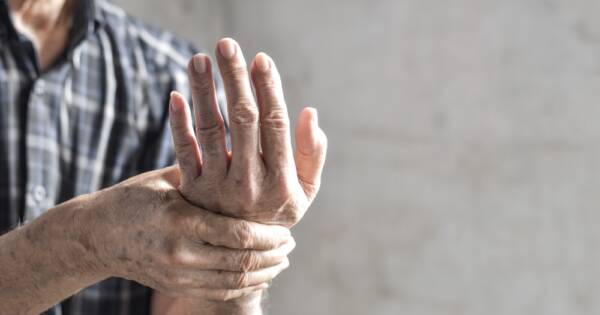As seniors age, knee pain can become a common issue. This can often result from osteoarthritis, where the cartilage in the knee wears down, causing “bone on bone” pain. Let’s explore some effective knee pain treatment options for seniors dealing with this kind of discomfort.
Understanding Knee Pain in Seniors
Knee pain can be caused by various factors, including injury, overuse, or simply wear and tear. For seniors, the most common cause is osteoarthritis. When cartilage wears down, it leaves the bones in the knee rubbing against each other, which causes inflammation and pain.
Many seniors describe this sensation as “bone on bone” pain. Early treatment can help slow the progression of the pain and improve mobility.
Non-Surgical Treatments
For seniors looking to avoid surgery, several non-invasive treatments may offer relief. These options are usually the first steps recommended by healthcare professionals.
Physical therapy: Regular exercise with a trained physical therapist can strengthen the muscles around the knee. This helps support the joint and may ease the pain. Simple stretches and low-impact exercises, such as swimming or cycling, can also maintain joint flexibility and prevent stiffness.
Medications: Over-the-counter pain relievers like acetaminophen or ibuprofen are often suggested to reduce pain and inflammation. In some cases, doctors may prescribe stronger medications if needed. Nonsteroidal anti-inflammatory drugs (NSAIDs) can also help reduce swelling, which may provide relief for seniors experiencing flare-ups of knee pain.
Injections: Corticosteroid injections can be effective in reducing knee pain for several months. These injections help decrease inflammation in the joint. Another option includes hyaluronic acid injections, which act as a lubricant for the knee joint, potentially improving movement and reducing pain.
Lifestyle Adjustments
Making small changes to everyday habits can also have a big impact on reducing knee pain. Seniors can manage discomfort by incorporating the following lifestyle adjustments:
Weight management: Excess weight puts additional pressure on the knees, worsening pain. By maintaining a healthy weight, seniors can reduce the load on their joints, making everyday activities easier and less painful.
Activity modifications: It’s important to stay active, but seniors should avoid high-impact activities that could worsen knee pain. Low-impact exercises, such as walking, swimming, or using an elliptical machine, provide the benefits of movement without the risk of further knee damage.
Supportive footwear: Wearing the right shoes can make a big difference for knee pain sufferers. Proper footwear with cushioning and arch support can help align the body and reduce stress on the knees.
Surgical Treatments
When non-surgical treatments aren’t enough, surgery may be the next step. Fortunately, modern medical advancements have made knee surgeries more effective and accessible for seniors. Below are a few surgical options that can relieve bone on bone knee pain:
Arthroscopy: This minimally invasive procedure involves using small instruments to repair damage in the knee. While it doesn’t replace the worn cartilage, it can help remove damaged tissue and smooth the joint surfaces, reducing pain.
Partial knee replacement: If the damage is isolated to one part of the knee, a partial knee replacement may be performed. In this surgery, only the damaged portion of the knee is replaced, leaving the healthy areas intact.
Total knee replacement: For severe cases, a total knee replacement might be necessary. In this procedure, the entire knee joint is replaced with an artificial implant. This surgery can significantly improve mobility and reduce pain for those experiencing advanced osteoarthritis.
Alternative Treatments
Some seniors may explore alternative treatments to complement their medical care. While these methods may not work for everyone, they can offer additional relief for certain individuals.
Acupuncture: This ancient practice involves placing small needles in specific areas of the body to relieve pain. Some seniors find that acupuncture helps reduce their knee pain, although results can vary from person to person.
Supplements: Certain supplements, like glucosamine and chondroitin, are believed to promote joint health. While the evidence is mixed, some seniors report reduced pain and improved movement after using these supplements.
Hot and cold therapy: Alternating between applying heat and cold to the knee can help reduce inflammation and ease pain. Cold therapy can reduce swelling, while heat therapy helps relax stiff muscles around the joint.
Learn More Today
Knee pain can greatly impact the quality of life for seniors, but it doesn’t have to. With the right combination of treatments, many people can find relief and maintain an active lifestyle. From physical therapy to surgical interventions, seniors have a wide range of options to consider.
If you or a loved one is experiencing knee pain, it’s important to consult with a healthcare provider to determine the best course of treatment. Managing knee pain effectively can help you stay mobile and enjoy your golden years with greater comfort.




